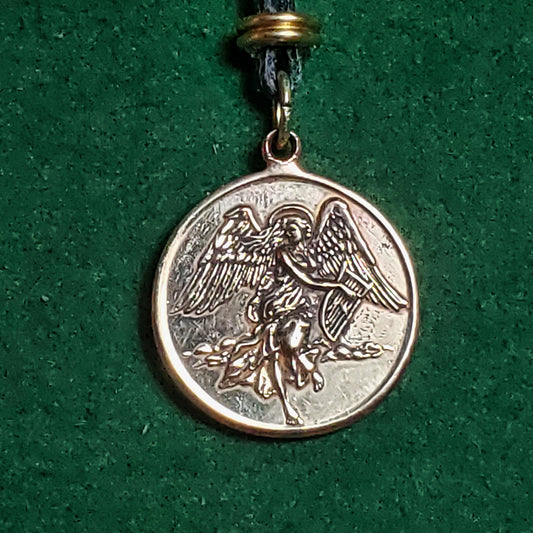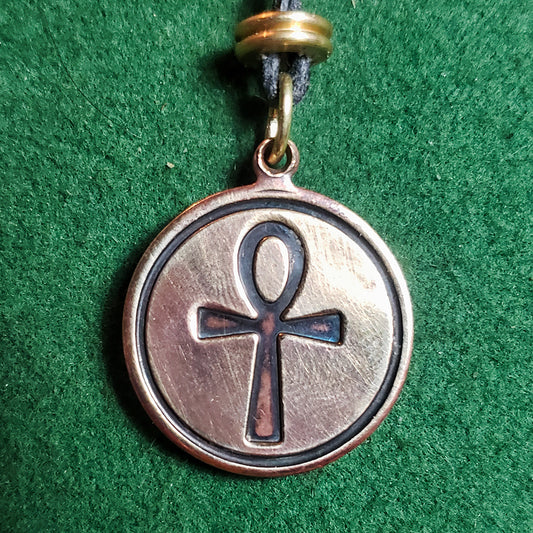Featured Design - Bee or Honeybee
Michael Stewart
Share
Determining the symbolic meaning of the bee (as with any creature) is best done by observing its behavior, social habits, community, and environment. Bees are highly social insects operating within a teamwork-based community with an intricate hierarchy. In many different cultures and myths, honeybee's behavior is used as a model for lessons we can use in our own lives.
In Egypt, the bee was a symbol of royalty and power. This comes from the legend that the bee was born from the tears of Ra, who was an important sun god among ancient Egyptians. Furthermore, the ruler of Lower Egypt was often referred to as he who belongs to the bee.
Essene was a communal people who were devout to Judaism; they're known for their role as keepers of the Dead Sea Scrolls. Essene priests were referred to as "bees" because of their integral role within the community, their tireless devotion to God, and their faith. In effect, Essene priests were busy as bees keeping the spiritual wisdom within the community available and protected. (Ransome 58)
As a symbol of love, the bee meaning was associated with Cupid during Renaissance paintings. Bees are depicted stinging Cupid, the god of love and desire. The artistic symbolism deals with the blindness of love and leaping into a passion without regard to consequence. Cupid is often shown dipping into honey, without thought to the potential danger of protective bees. The Renaissance lesson here is "Beware of love's sting." (Wilson 14)
A community of honeybees has often been employed throughout history by political theorists as a model of human society. This occurs in the works of Aristotle, Plato, Virgil, Shakespeare, and Marx, and Tolstoy.
Bee lore is found in Greek and Roman mythology. Before Dionysus was torn to pieces and returned as a bee, he was in the form of a bull. His worshipers, called Maenad’s, were often depicted as frenziedly dancing females with wings. It’s now believed early Greek and Roman cultures drank mead as their chosen beverage, probably what’s now called payment, a honey wine made with grapes. Pan, the Greek God commonly associated with the wild and sexuality, was also the God of Beekeeping.
The most important oracular site of ancient Greece, Delphi, was said to have been constructed by bees. The oracle of the temple itself was an object called an Omphalos, a carved stone, shaped like a beehive, and covered in bee-like images linked in a beautiful pattern. Pythia, the chief priestess at Delphi, was called ‘The Delphic Bee. Priestesses of Greece were called Queen Bees. It was believed they entered states of spiritual trance that involved the use of honey.







